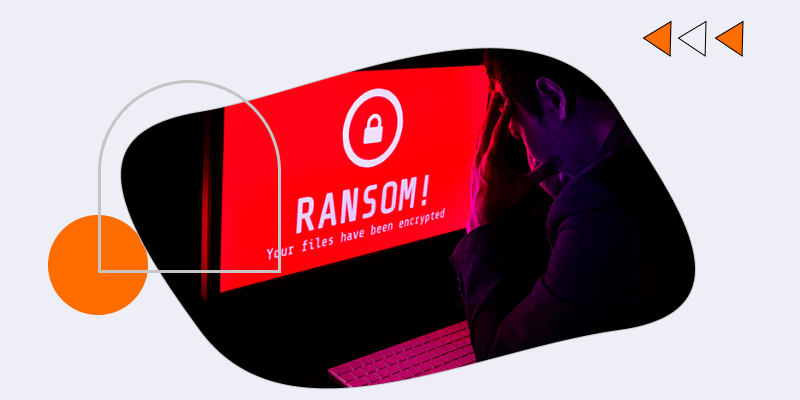Enhancing Cybersecurity Resilience: A Guide for Safeguarding Enterprises

As businesses grapple with an ever-changing and increasingly hostile threat environment, the emergence of AI and machine learning technologies introduces fresh challenges to cybersecurity. While these technologies offer the potential to transform our security strategies, they also introduce new risks and vulnerabilities that need effective management.
Here are some of the latest cyber threats that businesses need to be aware of
Targeted Ransomware Attacks – This type of malware is designed to hold a victim’s information at ransom. The tactics involve denying users and system administrators access to individual files or even entire digital networks, followed by a “ransom note” demanding payment to regain access.
IoT Creates New Cybersecurity Threats – The Internet of Things (IoT) enables billions of physical devices around the globe to collect and share data over the internet. This creates new cyber-threats by expanding the attack surface with diverse and often inadequately secured devices. Common issues include default credentials, lack of regular updates, and data privacy concerns due to the extensive collection and transmission of sensitive information.
Deepfake and Synthetic Media Attacks – Such cyber-attacks use AI to manipulate content, such as pictures, videos, or audio recordings, to deceive individuals or influence public opinion.
Credential Stuffing and Brute Force Attacks – Credential stuffing and brute force attacks involve automated attempts to gain unauthorized access to user accounts using stolen or guessed credentials.
Here are some key strategies and best practices that businesses can implement to enhance their overall security posture:
Risk Assessment and Management – Conduct a comprehensive risk assessment to identify vulnerabilities and prioritize them based on potential impact. Implement risk mitigation strategies to address identified vulnerabilities and reduce the overall risk level.
Implement Strong Authentication and Access Control – Add an extra layer of security by mandating users to verify their identity through multiple factors, such as passwords, biometric data, and OTP. Additionally, role-based access control allows enterprises to restrict access to sensitive information and critical systems based on users’ roles and responsibilities.
Regular Software Updates and Patch Management – Regularly update and patch all software, operating systems, and firmware to address known vulnerabilities and reduce the risk of exploitation.
Implement Endpoint Security Measures – Deploy endpoint protection platforms and endpoint detection and response solutions to secure endpoints from malware attacks.
Implement Data Encryption and Privacy Measures – Encrypt sensitive data at rest and in transit to protect it from unauthorized access and data breaches.
Implement Security Awareness and Training Programs – Provide regular cybersecurity training and awareness programs to educate employees about cybersecurity best practices, phishing awareness, and the importance of strong passwords. Conduct periodic incident response training to prepare employees for potential security incidents and ensure a coordinated and effective response.
In the face of evolving cybersecurity threats, businesses must adopt robust strategies, including comprehensive risk assessment, strong authentication, regular updates, and employee training, to safeguard their assets and critical systems. Proactive measures and a culture of cybersecurity awareness are essential to mitigate risks effectively, ensure compliance, and protect the organization’s reputation and business continuity in an interconnected world.








